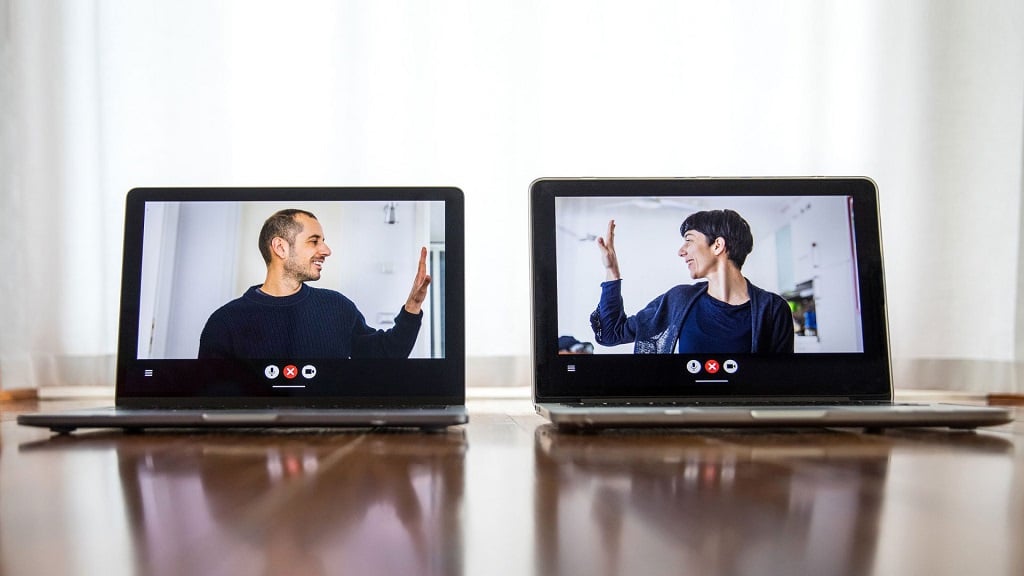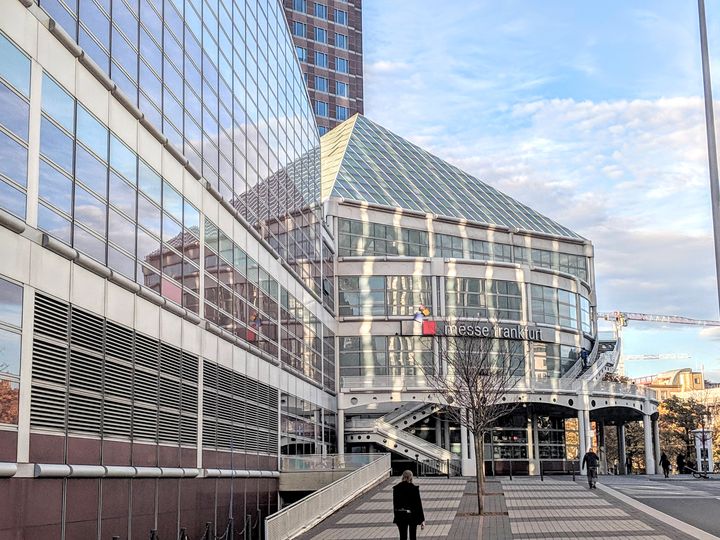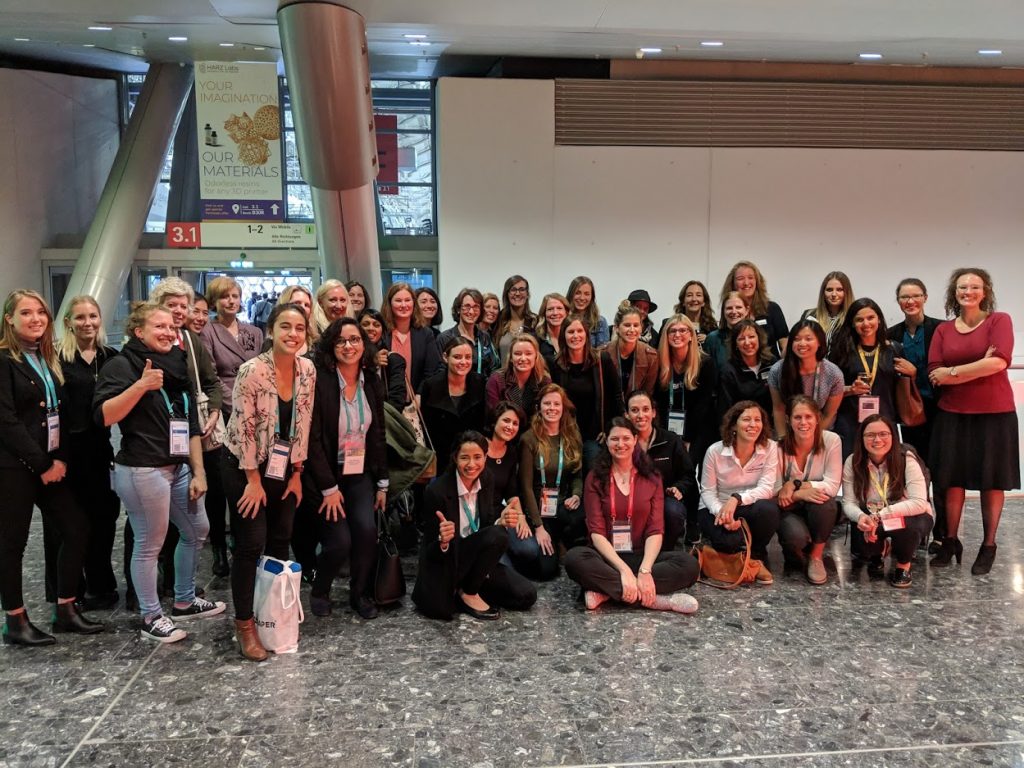
Now that Formnext 2020 is a wrap, in the digital form of Formnext Connect, we can take a step back and gauge the value of a massive virtual event.
The team organizing Formnext remained optimistic even after the proclamation of a global pandemic this spring. They announced several times throughout the year that Formnext 2020 would still be happening, that hundreds of exhibitors were planning on showing their latest, that precautions were in place to keep attendees both engaged and socially distanced. Even when they had to accept that a large digital presence would be necessary, organizers continued to plan on at least some in-person aspect. Finally, in early September as virus spread continued throughout major markets in Europe and North America alike, Formnext Connect was announced as a fully virtual event.
And so this week brought us that event. How did it go?
The Platform

Formnext Connect used a platform called Grip, which features AI-driven smart matchmaking.
This was my first time on Grip and, I suspect, many other users’ first time, as well. The matchmaking was a nice aspect, really; I appreciated going into the “interested in you” tab to see who had expressed interest in connecting with me. From there, once I confirmed my own interest, we had a virtual handshake. Once connected, we were able to chat or set up meetings.
The meetings themselves were hosted right on the platform. Very helpfully, users were able to indicate their availability throughout the event. I used this function, and so anyone wanting to schedule a meeting with me already had access to my availability and could just add a time to my calendar. I’d already blocked off as “busy” the times I had off-platform meetings, was planning to attend a presentation, or was simply eating lunch — or sleeping, as without being in Germany this year I was six hours behind the event’s actual time zone.
The meetings worked well enough. Some A/V issues presented, but in my experience were solved with a quick exit-and-come-back-again. Time blocks were set to 15 minutes, which was a good bit of time to connect for a brief chat, but half the time I typically schedule event interviews. Many of my conversations went over the 15-minute mark; some exhibitors I spoke with noted that they had simply booked up two blocks when they knew they’d need more time. Others used the 15 minutes for introductions and planning a time for a proper conversation at a later time.
Outside of meetings, the meat of the show involved a hefty schedule of events. These were relatively easy to navigate — and helpfully, any event clicked to “add to my schedule” blocked off that time as busy for meeting purposes.
Mainstage events in particular were easy to access. Even without going into the agenda, there was an easy mainstage tab to click at any point.
Because the event was virtual, most sessions were also available shortly after airing as a recording. This was especially helpful for those of us several time zones behind who were not planning on starting the day at 2am. Even though I have a baby who sometimes has me up at that hour, I opted not to get on the computer after tending to him, and instead started each day at 8am eastern time, or 2pm in Frankfurt. Having access to recordings — and, mind, these are available through the end of this year — was a major plus.
The recorded sessions also allow for watching events when there was a choice to be made between two simultaneously-timed presentations of interest. In an in-person event, that’s obviously not an option, and a choice must be made.
It wasn’t all roses, of course.
Some sessions were held off-platform. Siemens, for example, held an Additive Manufacturing Summit that was not accessible through Formnext Connect directly. While it turned out I had a link from a marketing team directly over there, I forgot that was in my inbox and instead spent about 10 minutes trying to find out where and how to access a panel I’d wanted to watch. Eventually I pinned it down via a tweet from Siemens’ account.
Further, some more interactive sessions — like a press conference and a happy hour — had limited “seating”. I was thus unable to access a press conference, despite being a member of the press, as well as a Women in 3D Printing happy hour event with a career panel, despite being on the Board of Directors of Wi3DP. Not being able to get into events where I have a deeply vested interest is not a problem in-person. But the internet doesn’t care; it only knows there are 50 slots, and once 50 people are signed up, there are zero slots.
Such issues as those were ultimately minor difficulties, but also can’t be fully dismissed.
The Experience

Experientially, I came to realize we each had our own individual Formnexts this year.
When planning the Fabbaloo approach to Formnext this year, Kerry and I quickly realized our normal approach wouldn’t work at all. I tend to fully book up my days with press conferences and, primarily, interviews to ensure that I see and speak with everyone possible, especially those with updates and launches to share. Kerry and Marney, though, prefer a booth-to-booth approach and walk the show without a strict schedule. In this way, they cover a lot more ground than I do and often find some really interesting startups that don’t yet have a fully-fledged marketing plan that would have flagged us down ahead of time. Some of the most interesting discoveries of the year are often made this way.
While for us it was sort of a wait-and-see-what-happens approach — and I still filled a lot of my calendar with events and pre-planned meetings — for exhibitors and presenters, it was again a different story.
Every exhibitor I spoke with said they had notably lower booth traffic than normal. Waiting in a virtual booth for foot traffic is a bit trickier a proposition than doing the same in a physical booth. Wandering isn’t really an option. There’s no oh-hey-what’s-that to draw in the eye when walking down an aisle.
Visitors could go through the exhibitors’ list and see what might seem interesting, and certainly I did still hear of plenty of new relationships and introductions. Again, the matchmaking function came into play a lot here, as setting up a profile included the opportunity to input areas of interest.
Still, speaking more candidly in meetings and after-hours events (which, for me, began at noon…) I learned that everyone really had a unique experience this year. Not unique as in “wow it’s 2020 everything is different” but literally unique, as in had little in common with my individual experience, nor another person’s at the same virtual table.
Overall, we still had the nuts and bolts of what we want (and what the industry needs) from Formnext:
- We had new product announcements aplenty — including a lot more lasers in a lot more PBF machines
- We had expert presentations
- We had networking opportunities and meeting availability
- We had thousands of additive manufacturing industry participants gathered at the same time
Granted, all of those can be qualified with a quick “but fewer than normal”.
And I am, again, deeply impressed with all the efforts of the all-star team from Mesago. They put this massive event together in eight weeks. Huge kudos to them. This was no mean undertaking. With COVID-19 cases still surging in target US and European markets, there was simply no safe way for tens of thousands of us to safely gather in one place like normal.
This isn’t a normal year. So it wasn’t a normal Formnext.
How did it translate? A for effort; I’d give it a personal B- on execution.
All we can do is hope to be together again next year in Frankfurt. To that end, I implore all the industry: listen to science, wear your mask (and wear it correctly, no nose out!), wash your hands, quarantine when you need to, and please limit holiday gatherings to your direct household only. Let’s all do our part to slow the spread of this vicious virus, stay safe, stay healthy.
Via Formnext Connect
